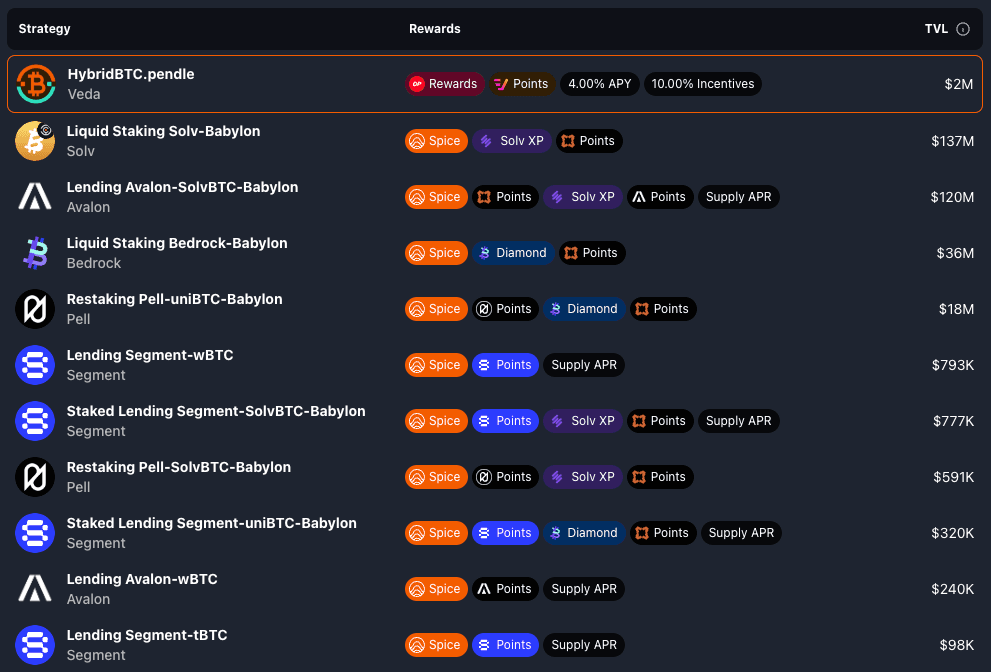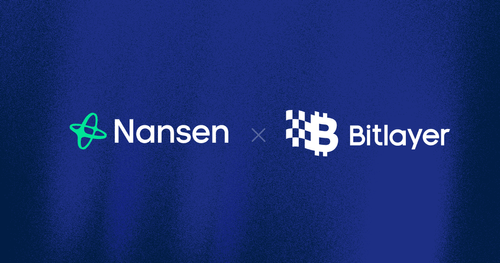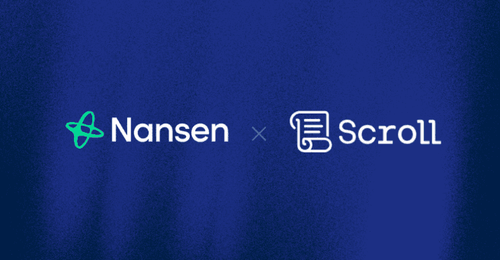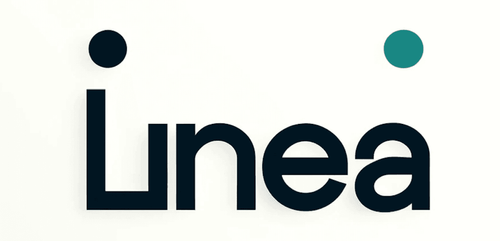Introduction
As Bitcoin infrastructure continues to evolve, a growing number of projects are exploring how to extend its functionality beyond basic transfers and custody. One of the more technically ambitious efforts in this space is BOB (Build on Bitcoin) a hybrid layer-2 network aiming to combine Bitcoin’s security with Ethereum’s programmable ecosystem.
Built on the Optimism OP Stack and incorporating tools like BitVM and Babylon, BOB doesn’t fit neatly into existing categories. It operates like an Ethereum rollup, supports EVM smart contracts, and integrates Bitcoin as a settlement and security layer. The goal is to create a platform where both Ethereum-native assets and Bitcoin can interact in a trust-minimized environment.
In this article, we take a closer look at what BOB is, how it compares to other Bitcoin-powered blockchains, what integrations and applications are emerging on the platform, and what’s coming next.
Overview of BOB
Unlike previous Bitcoin sidechains, BOB doesn’t rely on federated multisigs and currently uses tBTC v2 for trust-minimized BTC bridging. BitVM-based bridges are under development as a future enhancement.
It supports Ethereum-native assets, full EVM compatibility, and uses ETH as gas for convenience. Developers can deploy Solidity contracts, and users can interact through MetaMask, making migration seamless. Unlike isolated Bitcoin layers like Stacks, BOB connects back to Ethereum’s liquidity while settling transactions on Bitcoin.
BOB also integrates BTC directly into DeFi, supporting tBTC v2 and real-time Bitcoin block tracking. This enables features like trustless BTC staking and swaps without centralized custodians.
Ultimately, BOB aims to act as a true bridge between Bitcoin and Ethereum, combining the trust of Bitcoin with the flexibility of Ethereum’s smart contract ecosystem, and is currently sitting at $301 million TVL of which Avalon Finance (lending platform) accounts for the largest part with $163 million total value locked.
Who Is On BOB?
BOB is building a diverse and rapidly expanding ecosystem that blends Bitcoin’s security with Ethereum’s flexibility. Projects live on BOB span DeFi, cross-chain infrastructure, NFTs, and staking, reflecting growing developer momentum and interest in building trust-minimized applications on Bitcoin.
At the forefront is Sovryn, Bitcoin’s largest DeFi protocol, which has launched DEX 2.0 on BOB, offering Bitcoin-backed trading, lending, and yield generation (Unchained: Sovryn BOB integration). Babylon enables native BTC staking, letting users earn yield while contributing to BOB’s Bitcoin finality layer.
BOB is also nurturing new financial primitives for Bitcoin, including Bitcoin-backed stablecoins and tokenized mining rewards.
Cross-chain interoperability is a core strength of BOB. Trust-minimized bridges like tBTC v2 and LightRelay allow BTC to move onto BOB without custodial risk, while protocols like Stargate, Chainlink CCIP, and LayerZero are bringing in Ethereum-native liquidity and messaging (Xverse blog).
Beyond the headline projects, BOB’s ecosystem now features a broadening range of applications, including:
- Euler Finance – Lending protocol and one of the largest TVL holders on BOB
- Bedrock & Acre – Staking infrastructure projects tied to BTC security
- Pell Network – Omnichain BTC restaking protocol
- PixelBOBs – One of BOB’s first NFT collections
- UniSat – A wallet and explorer for Ordinals and BRC-20 tokens, supporting BOB integration
- TeleSwap & Swing – Cross-chain DEX tools enabling seamless BTC-to-EVM swaps
- API3, Blocksec, Tenderly – Supporting infrastructure for oracles, security, and smart contract monitoring
Many of these apps are Ethereum-native protocols expanding into Bitcoin territory via BOB and other layer-2s. With over 40+ dApps already on BOB and more integrations in the pipeline, BOB is quickly positioning itself as the go-to layer for developers looking to build Bitcoin-powered apps with the developer experience of Ethereum.
How BOB Stacks Up Against Other Bitcoin L2s
BOB isn’t the only project trying to bring smart contracts and DeFi to Bitcoin. Others like Stacks, RSK, Liquid, and other rollup experiments are chasing the same goal but all take pretty different paths.
Stacks runs its own chain and connects to Bitcoin through a system called Proof of Transfer (PoX), where miners bid using BTC. It uses a custom language called Clarity and supports DeFi and NFTs. The big thing on the horizon is sBTC, which aims to offer a more decentralized way to peg BTC to the network. Stacks has a decent-sized ecosystem and around $120M in TVL excluding sBTC.
Rootstock is merge-mined with Bitcoin and EVM-compatible, meaning it can run Ethereum smart contracts. It uses a federated bridge, so BTC gets locked and shows up as RBTC. Projects like Sovryn live here, and RSK peaked around $298M in TVL, and the peg still requires trust in a group of signers.
Liquid, built by Blockstream, focuses on fast and private BTC transfers. It’s not made for DeFi or smart contracts just for moving BTC quickly and quietly. BTC becomes L-BTC, managed by a federation of over 50 members. TVL is harder to track due to confidential transactions, but it’s somewhere around 3.78k BTC.
Bitlayer, Trustless Computer, and Bitcoin Virtual Machine are other entrants experimenting with BitVM and sovereign rollups. Bitlayer reportedly reached $850M in TVL across Ethereum Layer-2 integrations.
BOB, on the other hand, runs as an Ethereum-style Optimistic Rollup using the OP Stack. It’s fully EVM-compatible and live now. It already supports BTC via bridges like tBTC, and plans deeper integration using BitVM and Babylon to settle back to Bitcoin. TVL is already $300M+, led by projects like Sovryn and Avalon.
What Is In Store For BOB?
BOB is preparing for a transition into a more Bitcoin-secured Layer-2 through upcoming integrations like Babylon’s finality layer and direct data posting to Bitcoin. These upgrades are part of the roadmap for 2025. Key upgrades are underway, including the rollout of Bitcoin “soft finality” through integration with Babylon, enabling transactions on BOB to be finalized and secured by the Bitcoin blockchain. This will significantly reduce withdrawal times and strengthen BOB’s trust model by anchoring it to Bitcoin’s proof-of-work.
Looking ahead, BOB is preparing for its Phase 3 milestone, where the network will begin posting data directly to Bitcoin, moving away from reliance on Ethereum for data availability. This shift will mark BOB’s evolution into a true Bitcoin-native rollup. In parallel, infrastructure upgrades like trustless BTC bridges via BitVM, BTC fee payments, and new support for wrapped Bitcoin assets will enhance usability for Bitcoin-first users.

On the token front, while a launch hasn’t been officially confirmed, multiple signals suggest a BOB token is on the horizon, likely tied to ecosystem incentives, governance, and gas fee abstraction. Community campaigns like “BOB Fusion” are hinting at an upcoming airdrop or token reward mechanism.
Meanwhile, the ecosystem continues to grow, with new DeFi, NFT, and cross-chain protocols building on BOB. Notably, projects like Sovryn, tBTC, and Chainlink CCIP are either live or integrating, and institutional access is expanding via Fireblocks.
Finally, if you are looking to put your BTC to work, there are a few different options through BOBs one-click staking. All of the options enable you to earn points, xp or similar rewards such as BOBs spice or just normal APYs.

Conclusion
BOB is carving out a unique spot in the Bitcoin ecosystem by doing what few others have managed: bridging Bitcoin’s trust with Ethereum’s usability without leaning on centralized crutches. It’s already live, EVM-compatible, and attracting real projects like Sovryn, Avalon, and Babylon, while supporting BTC-native staking, wrapped assets, and smart contracts.
Compared to other Bitcoin L2s, BOB’s differentiator is clear it doesn’t just plug into Bitcoin for marketing, it’s actively shifting toward becoming a true Bitcoin rollup. With upcoming upgrades like Babylon integration for Bitcoin finality, BitVM-based bridges, and potential BTC fee support, BOB is evolving quickly into a more trust-minimized, Bitcoin-first platform.
It’s not just technical theory either. With over $300M in TVL, 40+ apps live, growing wallet support, and signs of an upcoming token, BOB is gaining traction from both developers and users. Whether it’s Bitcoin-backed stablecoins, cross-chain swaps, or BTC-native NFTs, BOB is building a playground for serious builders who want Bitcoin to do more.




